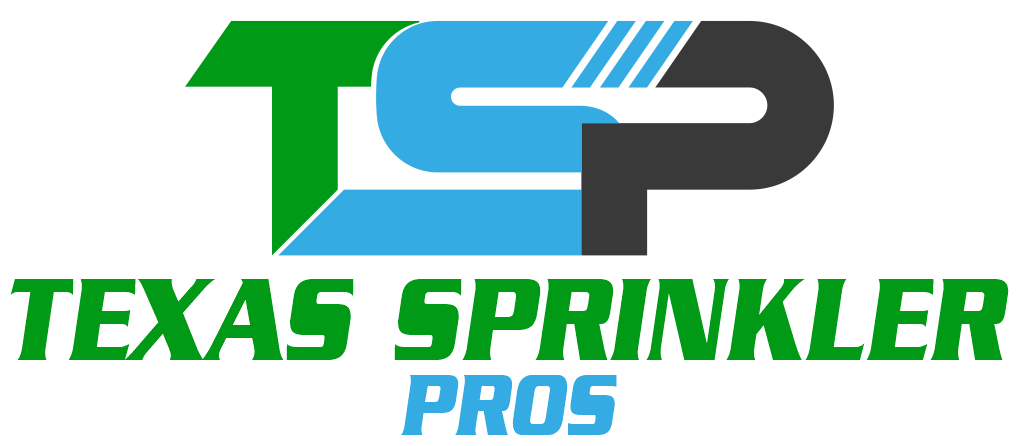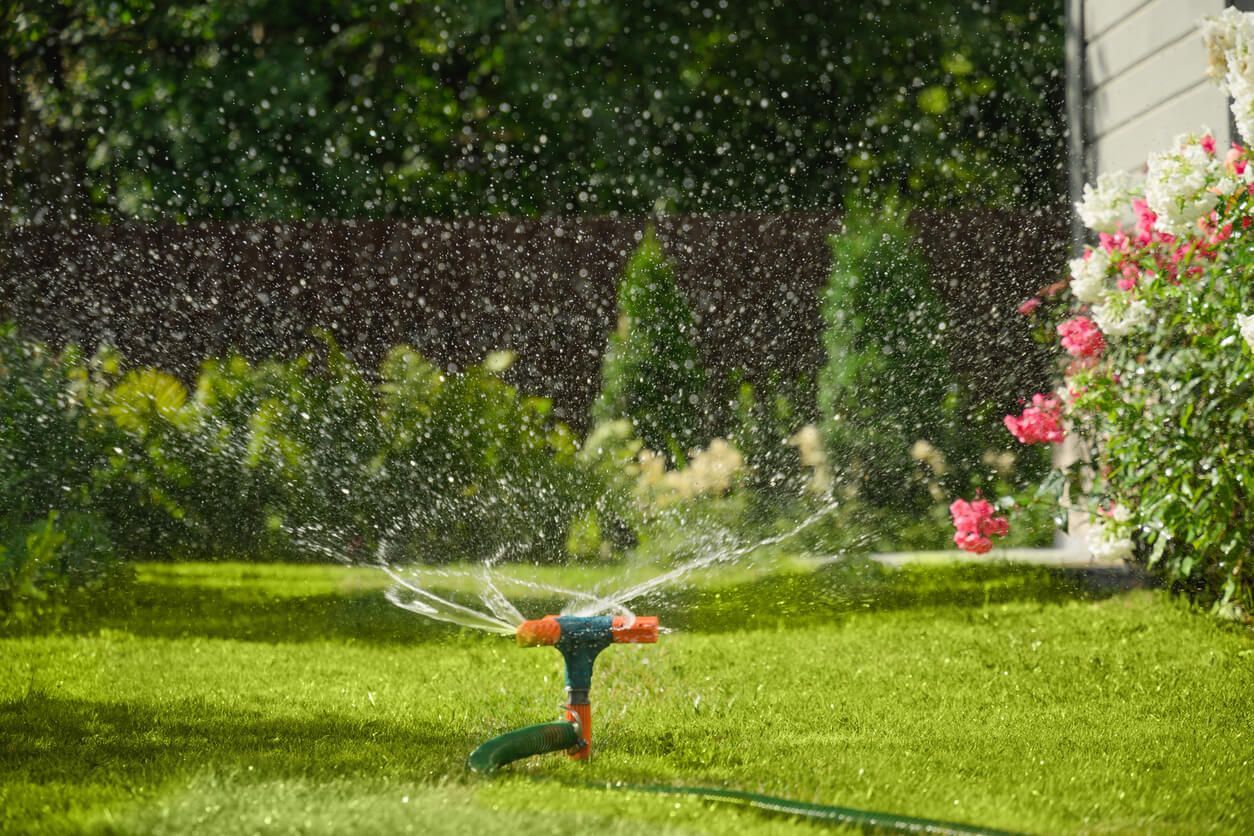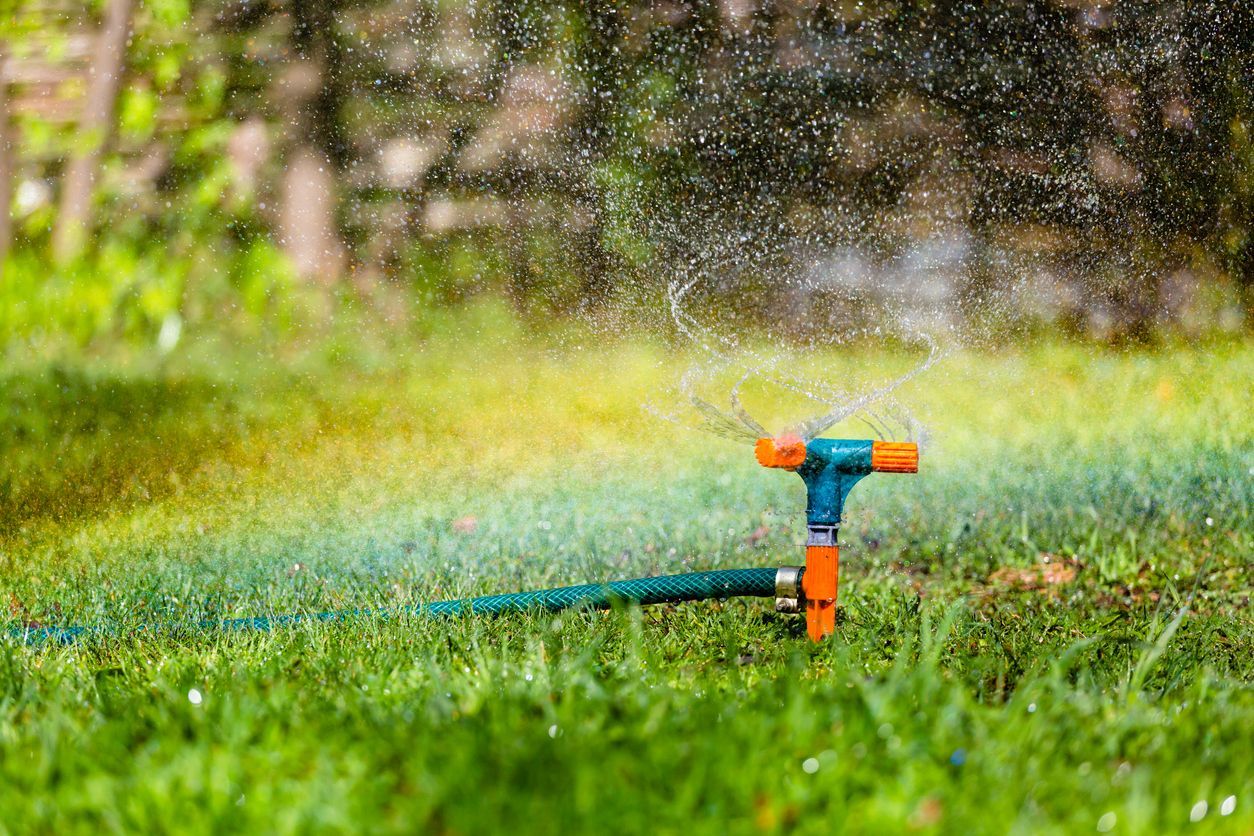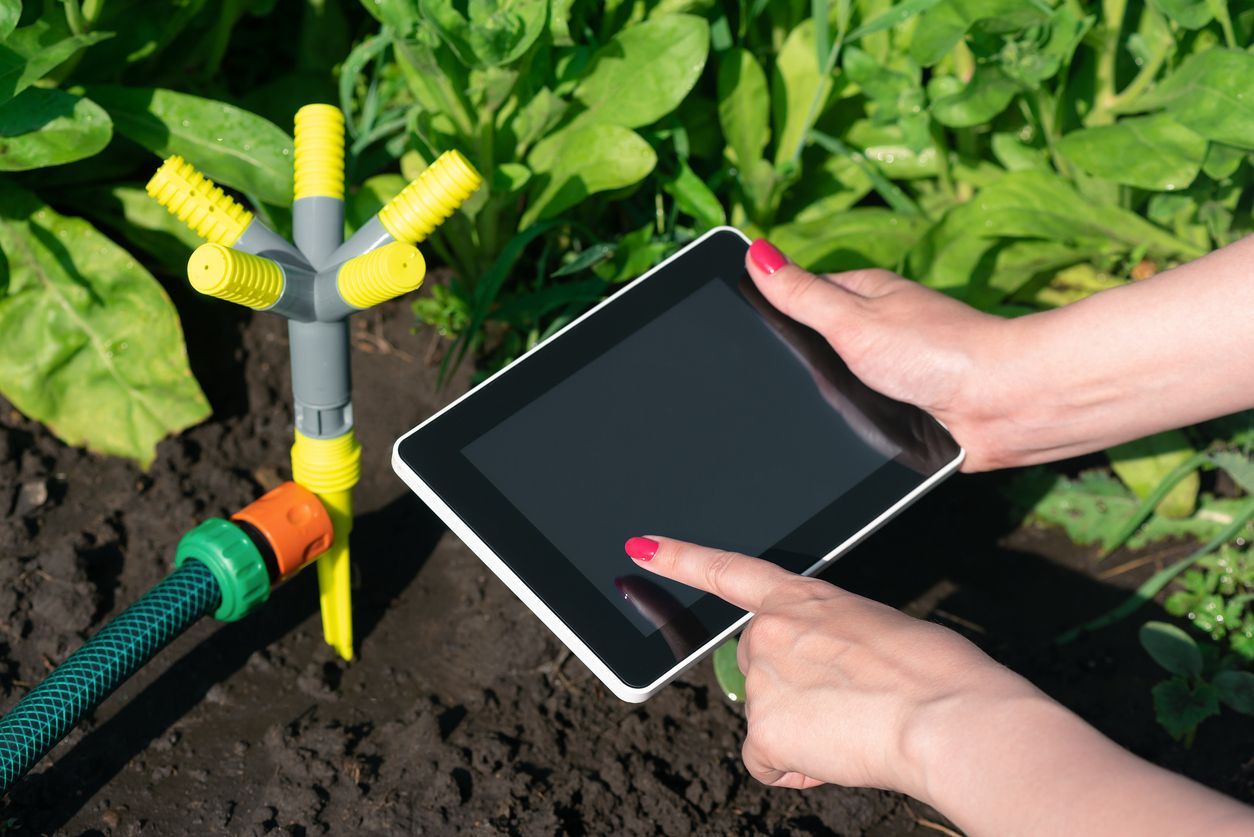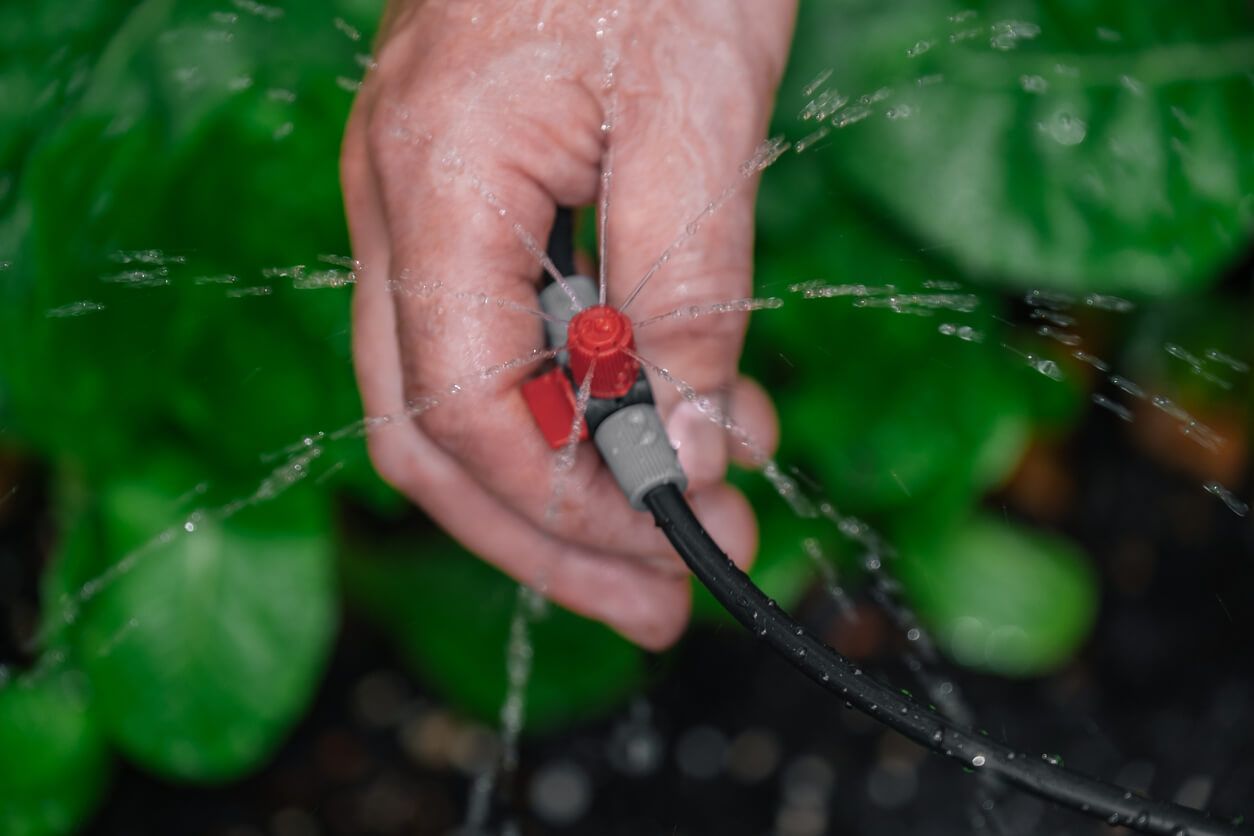Spring Startup Guide for Your Sprinkler System
As winter fades and the days get longer, preparing your yard for the growing season should begin with a thorough sprinkler system spring startup. During this process, inspect and maintain all sprinklers to make sure they distribute water efficiently and function properly. A well-maintained sprinkler system not only nurtures your lawn and plants but also protects your investment, helping you avoid leaks, poor spray patterns, pressure problems, and costly repairs.
Why Does a Spring Startup Matter?
Your entire system endures freezing temperatures, potential weed growth, and debris accumulation over late fall and winter. If neglected, minor damage can turn into big issues, such as burst pipes, leaks, malfunctioning sprinkler heads, or undetected problems in the piping. Conduct regular inspections and follow a thorough spring startup process, including checking piping for damage or wear. This helps the system work properly, provides an adequate water supply, and promotes healthy grass such as fine fescue and Kentucky bluegrass.
What Makes Up Your Sprinkler System?
A well-maintained sprinkler system consists of key components working together to provide efficient irrigation throughout your yard. The main sprinkler control valve regulates water flow from your water supply into the irrigation system’s network of pipes—a central focus when turning on sprinkler system procedures.
Sprinkler Heads
Sprinkler heads distribute water evenly across your lawn and garden beds. They come in various types to accommodate different spray patterns and coverage requirements.
Vacuum Breaker
This prevents backflow, protecting your water supply from contamination. It is an essential safety feature in your irrigation setup and critical to thorough irrigation system maintenance.
Control and Bleeder Valves
Control valves manage water flow to different zones, while bleeder valves help release trapped air and pressure. Regular inspection helps identify leaks or pressure issues early, supporting your spring lawn care efforts.
Pre-Startup System Maintenance Checklist
Before you slowly open your main sprinkler control valve in the spring, follow this irrigation system checklist to start up your system safely and reliably:
- Clean Debris From All Sprinkler Heads. Leaves and soil at ground level can clog nozzles, disrupt the spray pattern, and inhibit water flow.
- Check Control Panels and Controllers. Make sure your scheduling is set for the needs of late spring and adjust for the types of grass or plants you maintain.
- Inspect the Valve Body, Valve Handles, and Rubber Handles. Confirm all hardware remains intact, operational, and firmly in the off position before turning water on.
- Look for Damage or Leaks on Pipes and Fittings. Even minor cracks, loose connections, or leaks can compromise safety and reduce water pressure.
When to Begin Your Spring Sprinkler Prep
Timing your sprinkler system's spring startup protects your irrigation system and helps it function efficiently throughout the season. Start the process in late spring once you know there will not be any more frost. Frost not only inhibits growth, but it can also cause freeze damage to pipes and sprinkler heads.
If you're unsure about the process or need repairs, consulting a professional sprinkler company can provide expert assistance tailored to your system and climate.
Understanding Your System's Valves
Most irrigation and fire sprinkler systems have a series of critical valves that play a vital role in safe water management:
- Main Sprinkler Control Valve (Main Valve). Usually found in a crawl space, valve box, or near the water meter. It controls the water supply for the entire system. The position of the valve handle in relation to the pipe indicates whether the valve is open (handle parallel to the pipe) or closed (handle perpendicular to the pipe).
- Ball Valve or Screw Type Shutoffs. These can be large valves or two smaller bleeder valves used to manage water flow and pressure.
- Quarter Turn vs. Full Turn Valves. Identify which valve type you have; turning a ball valve just a quarter turn opens or shuts water flow.
- Vacuum Breaker and Bleeder Valve. These protect your system from backflow and keep it safe. Find their location by searching “vacuum breaker find” in your system’s manual.
Steps for Safely Turning On Your Sprinkler System
Once you’re ready to start, here’s a procedure to prevent water hammer and protect pipes:
Step 1: Preparation & Inspection
Before starting, turn the main valve to the off position. Use a flat-head screwdriver to close any bleeder valves, including the two large valves and two smaller bleeder valves, to prepare the system for a safe startup. Careful prep is fundamental in both irrigation system maintenance and following good sprinkler inspection tips.
Step 2: Filling Pipes Gradually
Slowly open the main sprinkler control valve or ball valve to allow water to fill the pipes gradually. This controlled filling prevents damage from sudden water pressure, and air can escape through the bleeder valves to avoid pressure buildup.
Step 3: Monitor for Problems
Listen carefully for water hammer, which sounds like loud banging and indicates rapid changes in water flow or trapped air. Inspect the entire system zone by zone for leaks, low water pressure, and verify that each sprinkler head delivers the correct spray pattern.
Step 4: Final System Test
Manually run each sprinkler zone from the controller to check for clogged nozzles, misaligned heads, or erratic spray patterns. Adjust and clean the sprinkler heads as needed to optimize coverage and prevent overspray onto unwanted areas or weed growth.
Key Areas to Inspect After Startup
After running the startup process, carefully check all system components:
- Sprinkler Heads and Nozzles. Clear clogs and check for damage. Adjust sprinkler heads as needed to provide proper water distribution and coverage.
- Soil and Grass Coverage. Make sure the spray pattern delivers water evenly, without pooling or dry spots in the lawn.
- Pressure and Leaks. Look for visible leaks at fittings, valves, or zone connections. Confirm water pressure is suitable for efficient irrigation. Insufficient pressure may signal blockage or inadequate water supply.
- Controller and Control Panels. Verify zones, timers, and weather sensors are working properly, especially after updating or replacing batteries in late fall or spring.
Troubleshooting Potential Problems
If your system isn’t performing as expected, these are frequent culprits:
- Low Water Pressure or Uneven Water Flow. Indicates a partially open ball valve, debris in the main valve, or leaks in pipes/fittings.
- Erratic Spray or Dry/Boggy Areas. Likely caused by debris in sprinkler heads, a damaged nozzle, or heads set too low above soil or grass.
- Leaks From Large Valves, Smaller Bleeder Valves, or Fittings. Tighten connections and replace worn gaskets. Persistent damp spots may need a professional.
- Controller Malfunctions. Double-check settings and test each zone. If sections do not operate, the controller or wiring may require repair.
For issues with system pressure, hidden leaks, or non-responsive zones, reaching out to your local sprinkler company or licensed contractor is recommended. They access crawl spaces, diagnose problems, and comply with local codes, which is especially important for fire systems.
Maximize Your Yard’s Potential: Call Texas Sprinkler Pros for a Spring Tune-Up
A careful, step-by-step spring startup and ongoing maintenance keep your irrigation, lawn, and even fire safety systems working properly. Take the time to inspect, test, and maintain every control valve, head, and fitting. Address leaks, clogs, or pressure issues early for a reliable system and thriving yard.
When it comes to your yard, trust the professionals at Texas Sprinkler Pros to handle all your sprinkler and irrigation needs. Whether you need a thorough spring startup, system repairs, or want advice on optimizing your lawn care, we're here to help.
Don’t wait until small issues turn into big problems—schedule your spring inspection with us today and enjoy peace of mind all season long!

